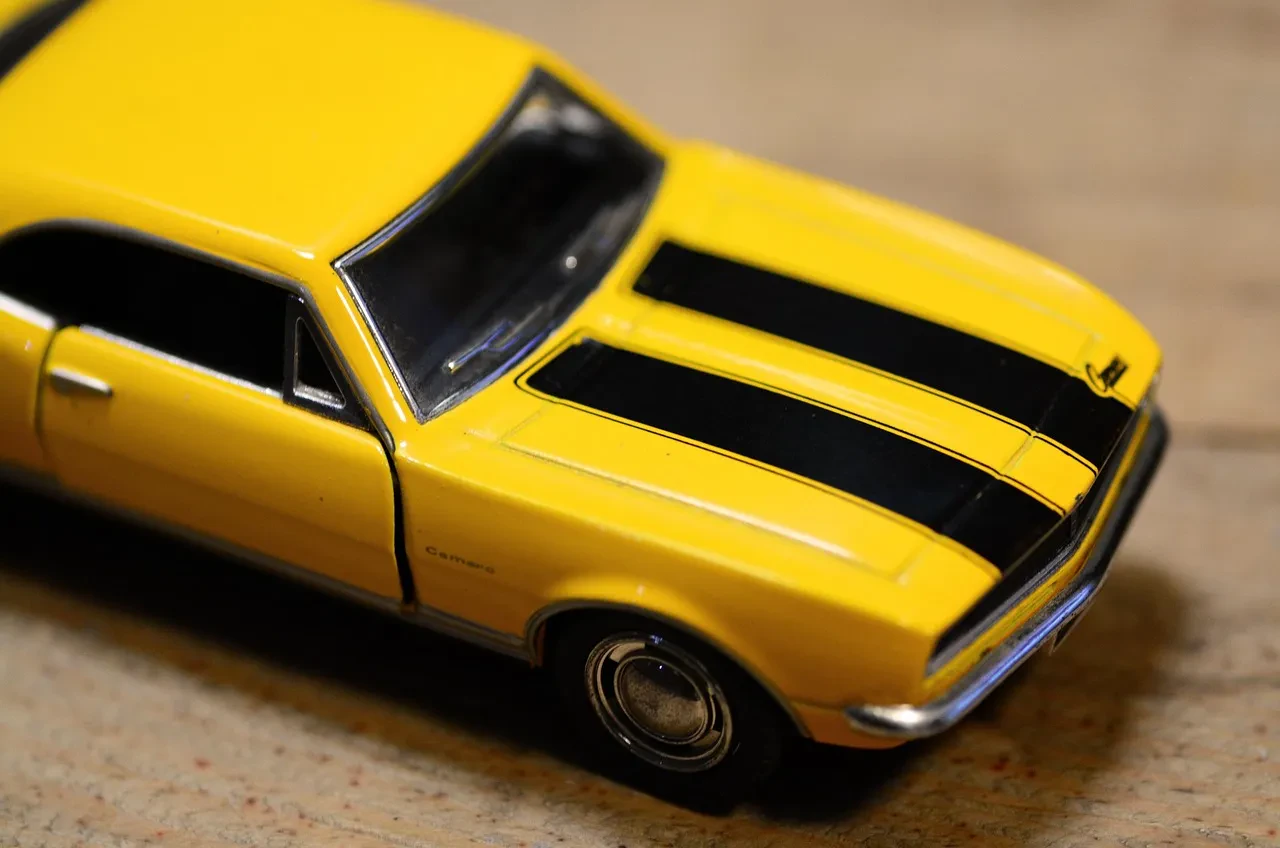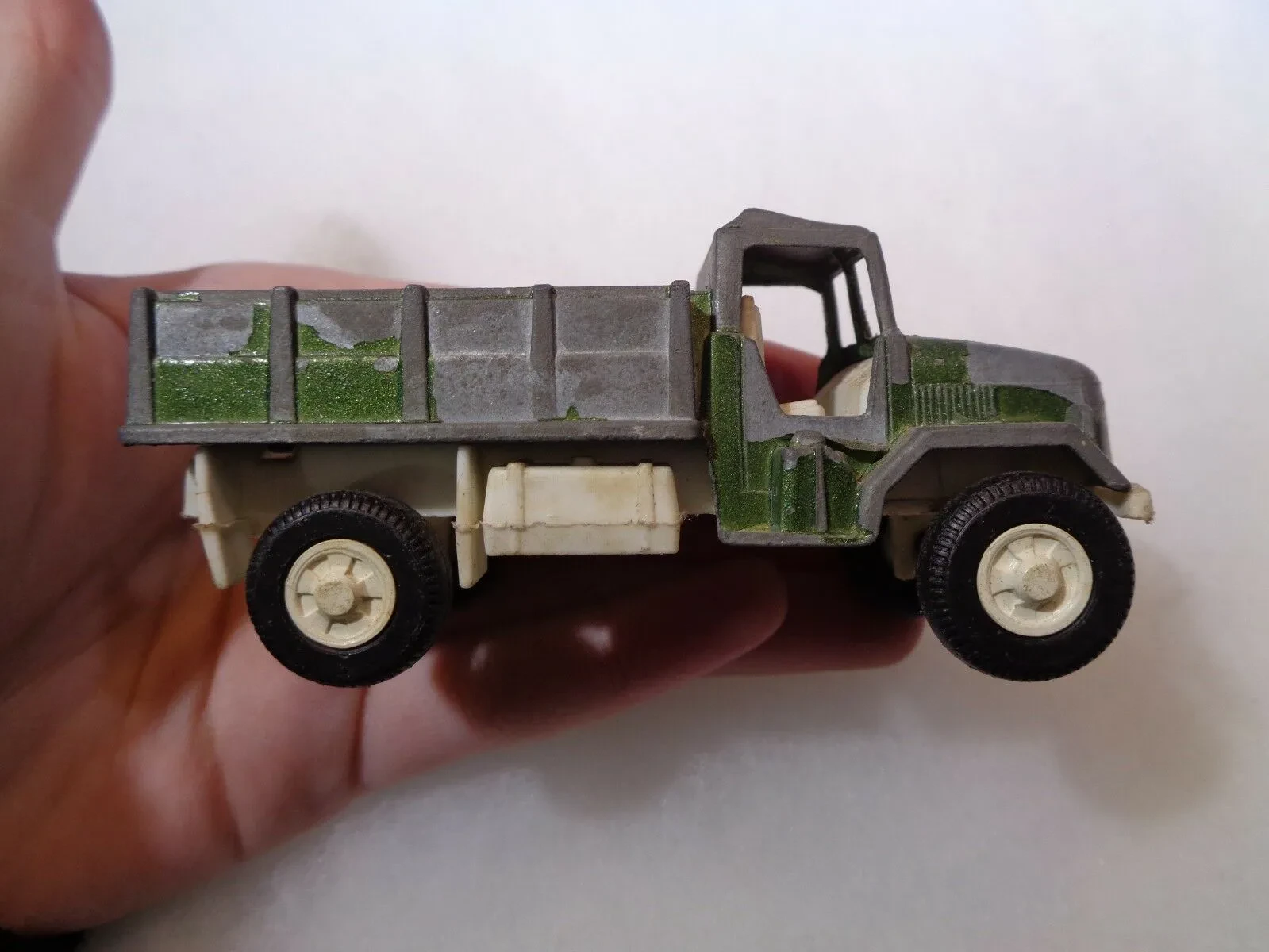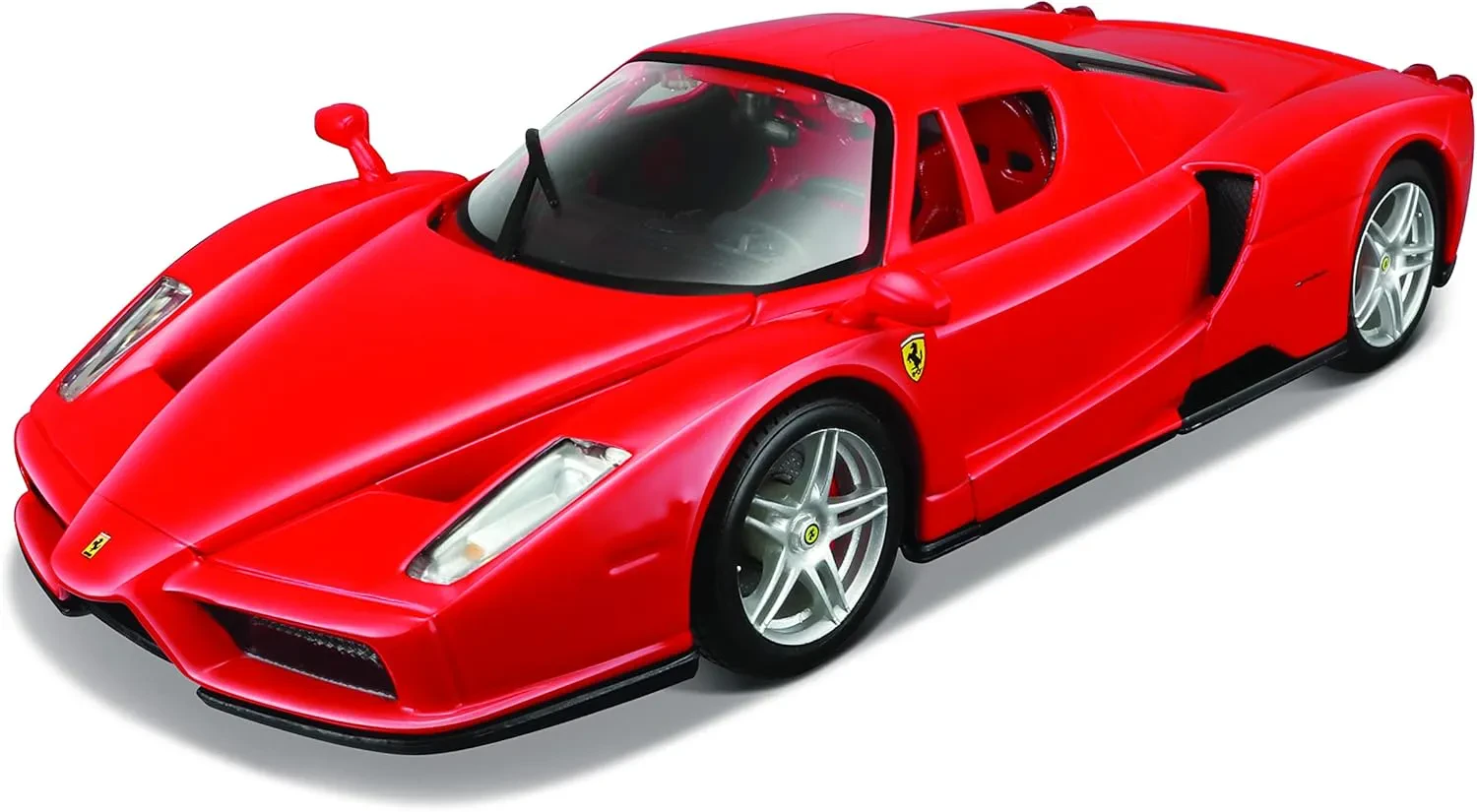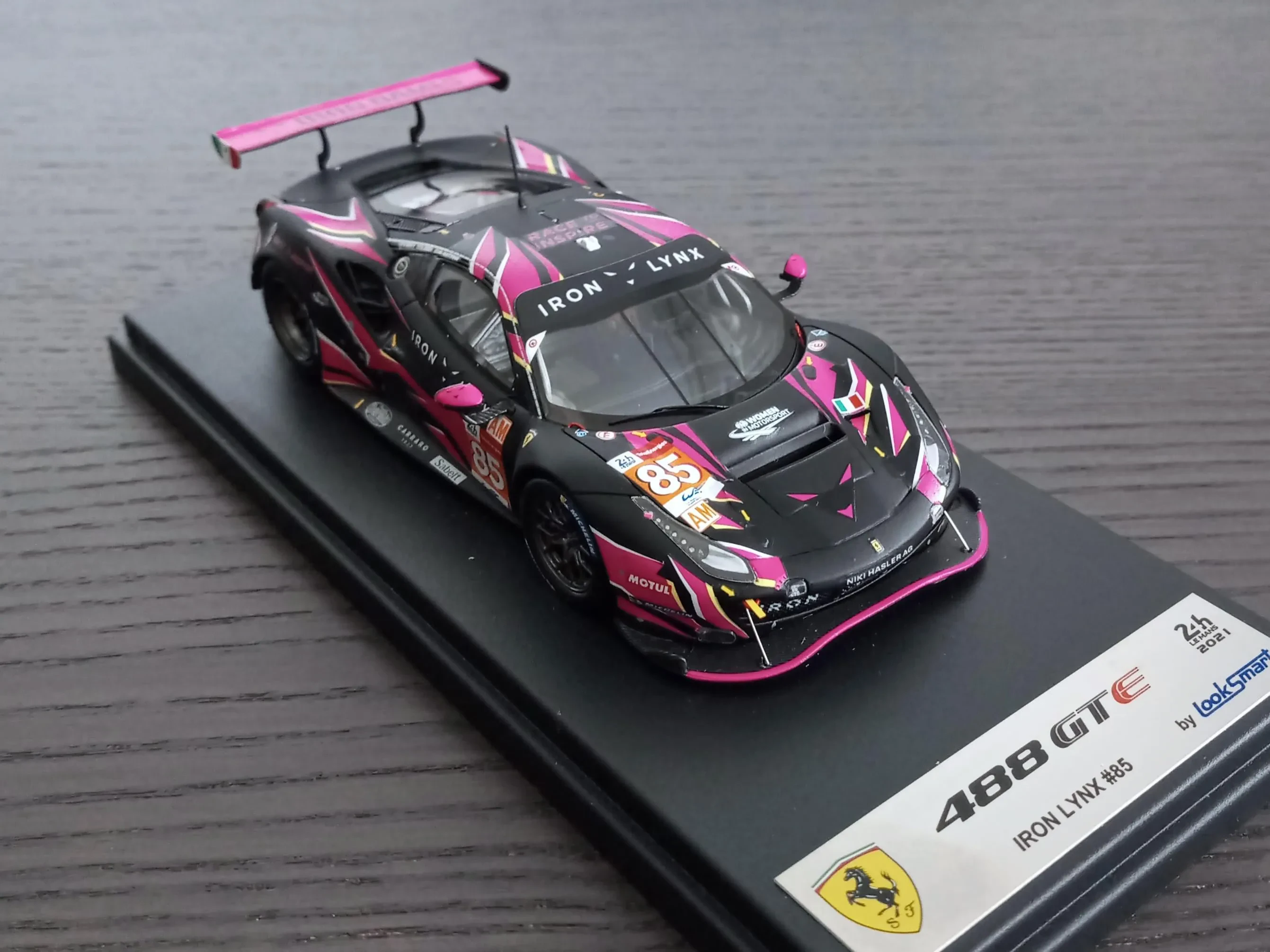Okay, so you’ve probably seen them – those miniature cars, trucks, and tractors that look like they could survive a small apocalypse. Chances are, you’re looking at a diecast iron toy (or at least, something that started as diecast iron). But what exactly IS diecast iron, and why are people so obsessed with collecting them? Let’s break it down.

Diecast Iron: A Quick Definition
Simply put, diecast iron is a manufacturing process where molten iron is injected into a mold (or ‘die’) under high pressure. The iron cools and hardens, taking the shape of the die. When the die is opened, you’re left with a solid, detailed iron part. This process allows for intricate designs and precise dimensions, which is why it’s perfect for creating miniature vehicles, train sets, and other toys.
While the name implies everything is iron, many ‘diecast’ toys, particularly newer ones, are actually made from zinc alloy (often called ‘Zamak’ or ‘Mazak’). Zamak is easier to work with and offers a smoother finish than iron. However, the term ‘diecast’ stuck around, even when the material changed.
A Brief History of Diecast Iron Toys
Diecast toys have been around for over a century. The early days of diecasting (in the early 20th century) primarily used lead or lead alloys. These early pieces are now highly sought after by collectors, but due to lead’s toxicity, it’s rarely used anymore. Iron soon followed, and then zinc alloys became more prevalent as technology advanced.
Companies like Dinky Toys (UK) and Tootsietoy (US) were pioneers in diecast toy manufacturing. They produced incredibly detailed models of real-world vehicles, fueling the imaginations of children (and adults!) for generations. These vintage pieces are now considered classics and command high prices in the collector’s market.

The Diecasting Process: How It’s Made
Okay, let’s get a little technical (but still easy to understand!). Here’s a simplified version of the diecasting process:
- Die Preparation: A mold (the ‘die’) is created, often from steel. This die is made in two or more parts, allowing the finished piece to be removed.
- Melting the Metal: The iron (or zinc alloy) is heated until it becomes molten.
- Injection: The molten metal is forced into the die under high pressure. This pressure ensures the metal fills every nook and cranny of the die, capturing even the finest details.
- Cooling: The metal cools and solidifies within the die. This usually takes just a few seconds to a few minutes, depending on the size and complexity of the part.
- Ejection: The die is opened, and the finished diecast piece is ejected.
- Finishing: The part is then cleaned up, excess material is removed, and it’s often painted or plated to add the final touches.
This process allows for mass production of intricate parts with consistent quality. It’s a fast and efficient way to create everything from toy cars to components for electronics.

Why Collect Diecast Iron Toys?
So, what’s the appeal? Why do people spend serious money on these little metal miniatures?
- Nostalgia: For many, diecast toys evoke childhood memories of playing with toy cars and trucks. Collecting them is a way to reconnect with those happy times.
- Historical Significance: Vintage diecast toys offer a glimpse into the past, reflecting the designs and styles of vehicles from different eras.
- Detail and Craftsmanship: The intricate details and craftsmanship of some diecast toys are truly impressive. Collectors appreciate the artistry and engineering involved.
- Investment Potential: Certain rare and sought-after diecast toys can appreciate in value over time, making them a potential investment.
- Pure Enjoyment: Simply put, many people find joy in collecting and displaying these miniature works of art.
It’s a hobby that allows you to appreciate history, engineering, and artistry, all in a compact and collectible form.
Diecast in 2024: Still Relevant?
Absolutely! While technology has advanced and we have video games and sophisticated electronics, diecast toys remain popular. Companies like Hot Wheels, Matchbox, and Auto World continue to produce new and exciting models, catering to both children and adult collectors. These toys offer a tangible, tactile experience that digital entertainment simply can’t replicate.
Furthermore, the rise of online marketplaces and social media has created a vibrant community of diecast collectors who share their passion, trade models, and discuss the latest releases. This community keeps the hobby alive and thriving.
The appeal extends beyond just cars. You can find diecast models of airplanes, motorcycles, construction equipment, and even sci-fi vehicles. The possibilities are endless!

Tips for Starting Your Diecast Collection
Ready to jump in? Here are a few tips to get you started:
- Start Small: Don’t try to collect everything at once. Focus on a specific theme or brand that interests you.
- Do Your Research: Learn about the different manufacturers, models, and variations. This will help you make informed purchasing decisions.
- Check Condition: When buying vintage pieces, pay close attention to the condition. Damage can significantly impact the value.
- Network with Other Collectors: Join online forums or local clubs to connect with other enthusiasts. They can offer valuable advice and insights.
- Set a Budget: It’s easy to get carried away when collecting. Set a budget and stick to it to avoid overspending.
- Have Fun!: The most important thing is to enjoy the hobby!
Diecast collecting is a rewarding hobby that can bring years of enjoyment. Whether you’re a seasoned collector or just starting out, there’s a whole world of miniature metal treasures waiting to be discovered.
So, go ahead, explore the world of diecast! You might just find your next obsession.
